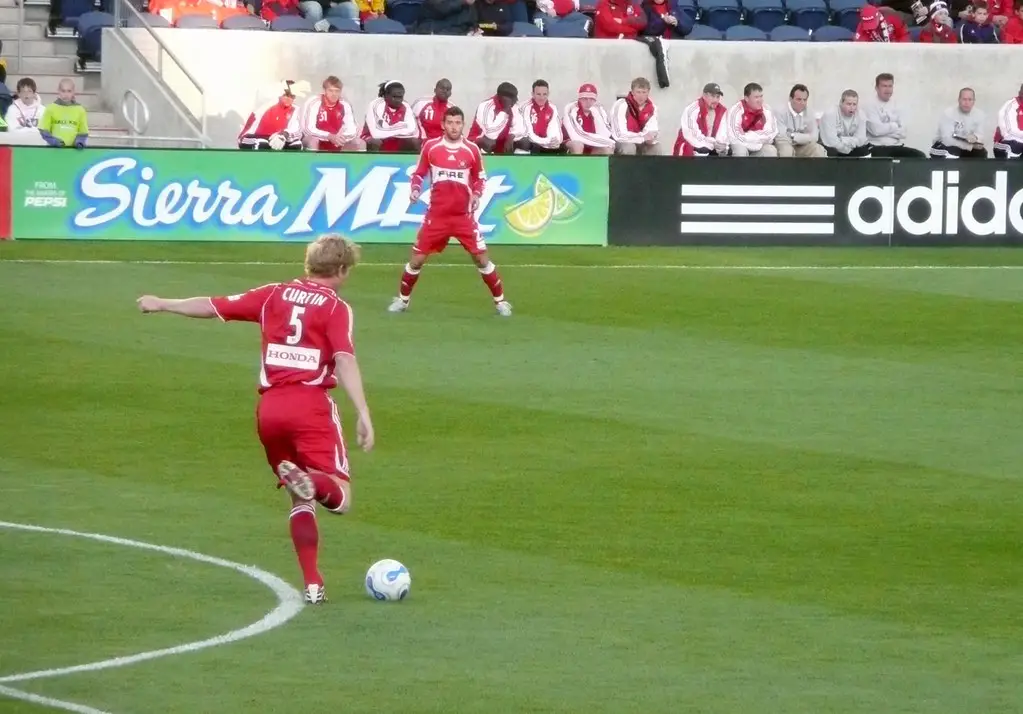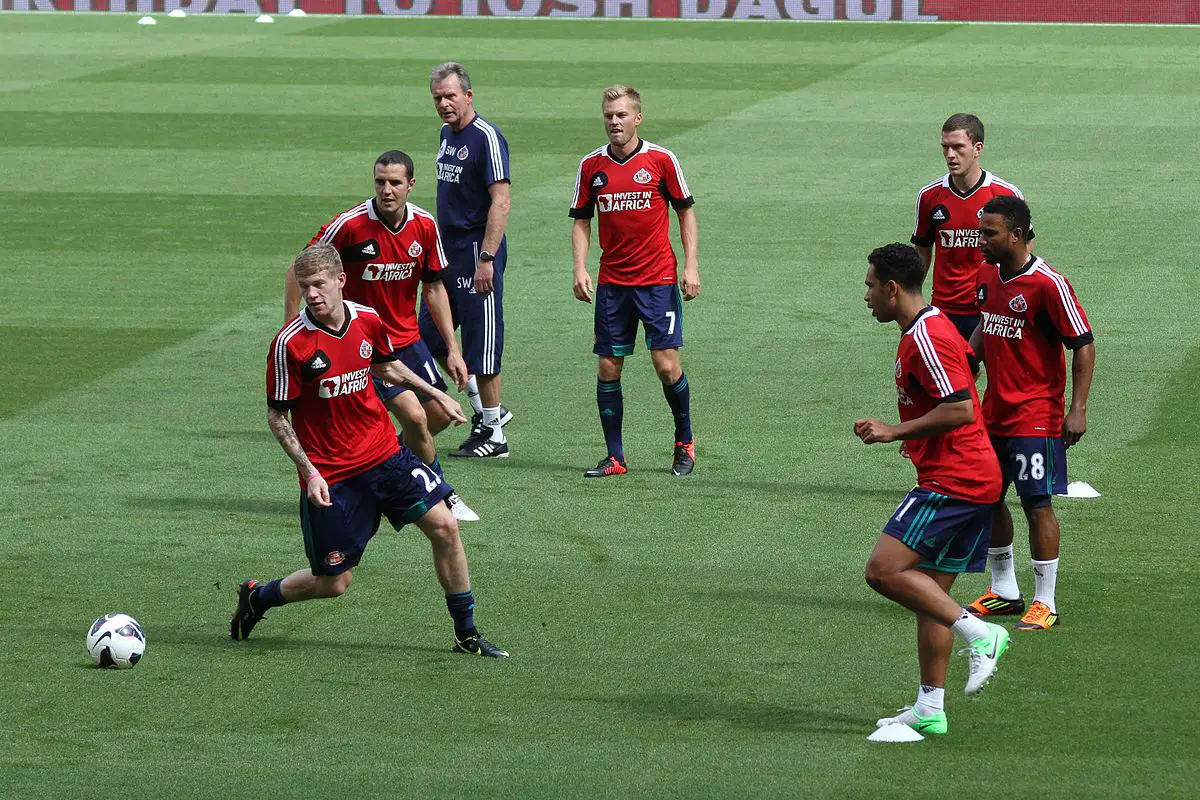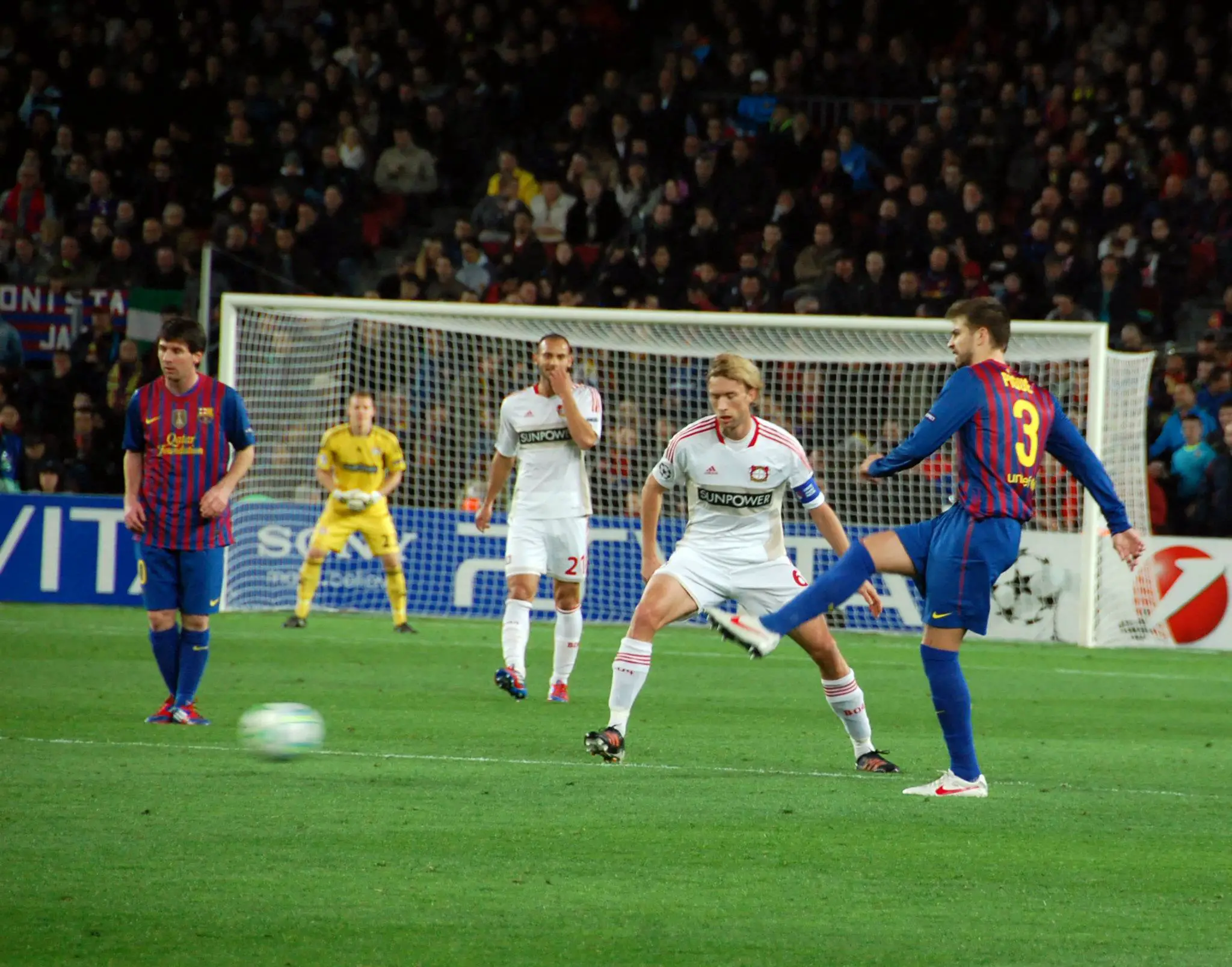 We’ve written about keeping possession and how to do it for a team’s success in soccer, but it’s important to understand that this doesn’t mean that all passes are equal.
We’ve written about keeping possession and how to do it for a team’s success in soccer, but it’s important to understand that this doesn’t mean that all passes are equal.
Instead, you hear that teams not only need to know how to keep the ball, but that they need to achieve “possession with a purpose.”
What does this mean and how can you improve your ability to do it, both individual and as part of your team? This article will dig into the details.
Why is Possession Important and What is its True Purpose?
Finding the “purpose” of possession requires us to step back and consider our overall mission as a team trying to win a soccer game.
Unlike certain possession drills, ten passes don’t give us a point in the real world. What does give us a point, however, is scoring goals.
So working backwards from that objective, the purpose of possession is to generate scoring chances.
It’s unlikely that a single pass will completely open up your opposition and allow you to break through and score*, so this is why a series of passes in succession, otherwise known as keeping possession, is necessary.
An in-depth article on possession on the website American Soccer Analysis describes the first half of the “strategic attacking process” as:
- Gain possession of the ball
- Retain possession and move the ball
- Penetrate & create goal scoring opportunities
So these steps give us some key aspects of possession that we’ll need in order to do it with a purpose, like moving the ball in order to achieve penetration. In the next section we will dig deeper into these ideas.
*Another important factor is the place on the field where you gain possession. For example, if you press high and win the ball from the opponent deep in their defensive third, then one pass may indeed be all you need in order to generate a scoring chance. But this is a starting point that is much less common.
How Do You Identify Possession Without Purpose?
Sometimes in soccer a good way to understand a particular concept is to see the opposite in action. So in this case, what does possession without purpose look like?
Even at the professional level, we can identify teams doing this. In fact it can be quite prevalent because defenses are often drilled to apply just the right type of press to make a lesser team uncomfortable when on the ball.
A team in possession without purpose will usually look pretty similar. First, you’ll see that the bulk of their possession is in their own defensive third, since this is where they have a numbers up advantage and it’s also the least dangerous area for the opposition.
Possession without purpose will mean less movement of the ball, so the passes will normally not travel a great distance and will not move into new areas. And more importantly, there will be little to no penetration in the passing. You’ll see lateral passes straight across followed by negative passes backwards to a defender or the goalkeeper. These passing patterns will be fairly predictable to spot.
In contrast, let’s discuss what it would look like if that team does achieve purpose in their possession. First, there will be significantly more movement of the ball into new areas. Think of the right back playing a long switching pass across the whole field to the left back or a midfielder. In general, players will look to pass “between the lines” which means behind a line of the opposition, usually the midfield or defense.
What Skills and Drills Can Help You (and Your Team) Possess with a Purpose?
There are a few fundamental soccer skills that are necessary to possess with a purpose. One is movement: you need to be able to make the right types of runs not simply to get open for a pass, but to break lines so that you pass and receive in a dangerous position behind the midfield or defense.
In order to play the right passes you of course need the technical foot skills to do it, including accuracy with all surfaces and the ability to use both feet. You also need to build good habits like keeping your head up, taking a look over your shoulder, and playing quickly.
There are also particular drills to practice possession as a team which will help you start to possess with a purpose. As a general principle, any possession drill that requires moving the ball from one area to another will help with possessing with a purpose.
The drill might be that you score a point by passing into and receiving the ball in an “end zone” that is marked off with cones. You may also mark off a series of 3 zones that each team must pass through in order to get a point. There also may be a required number of passes in one grid before the team must switch the play over to another grid where additional players are waiting. You can also set up a game with goals and goalkeepers where some of these objectives must be achieved before that team can shoot on goal. Overall, there are nearly endless variations, but all of these will help you possess with a purpose as a team.
We hope this article was helpful in understanding the purpose of possession and how to start doing it as both an individual and a team. If you have any questions or other ideas, let us know in the comments below.
 Passing
Passing